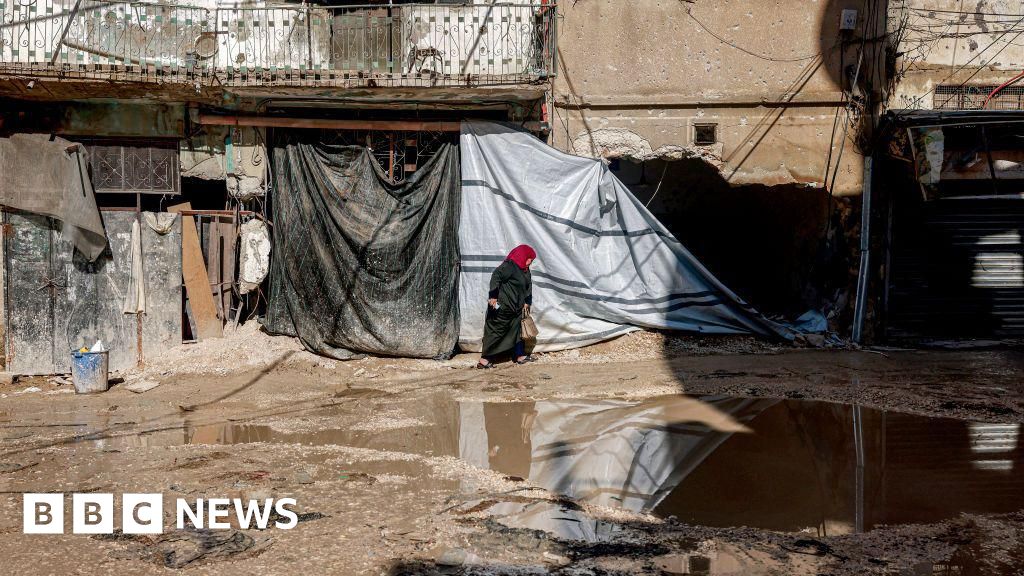
Israel Prime Minister Benjamin Netanyahu announced on Friday that a deal has been reached to secure the release of hostages held by Hamas in the Gaza Strip, following intense negotiations.
The agreement, which includes a
ceasefire in Gaza
and the release of Palestinian prisoners, faced unexpected delays which Netanyahu had attributed to disputes with Hamas.
Netanyahu plans to convene his security cabinet on Friday to seek approval for the agreement, after his office cited issues with Hamas reneging on parts of the deal to gain additional concessions.
Despite initial optimism surrounding the announcement of the deal by the US President Joe Biden and Qatar as mediators, tensions within Netanyahu's government coalition have complicated the approval process.
"Hamas is backing out of the understandings and creating a last-minute crisis that prevents a settlement," Netanyahu's office had said on Thursday, without specifying the exact nature of the disagreements.
Israeli airstrikes have continued across Gaza, resulting in at least 72 casualties according to Gaza's health ministry. The airstrikes coincided with celebrations among Palestinians over the ceasefire deal.
Under the terms of the agreement set to commence on Sunday, 33 hostages are scheduled for release over the next six weeks, in exchange for hundreds of Palestinian prisoners held by Israel. The remaining hostages, including male soldiers, will be subject to further negotiations contingent upon a lasting ceasefire and Israeli withdrawal, conditions Hamas insists upon for their release.
The agreement comes after weeks of intense violence triggered by Hamas’s October 7 attack on Israel, which left approximately 1,200 Israelis dead. In response, Israeli retaliatory strikes have caused over 46,000 deaths in Gaza, including thousands of women and children, according to Palestinian health authorities. The Israeli military has stated that its operations have killed 17,000 Hamas fighters.
The civilian impact has been devastating, with nearly 90% of Gaza’s 2.3 million residents displaced. Much of the region’s infrastructure lies in ruins, forcing hundreds of thousands to seek refuge in precarious, makeshift shelters.

 5 days ago
8
5 days ago
8










 English (US) ·
English (US) ·